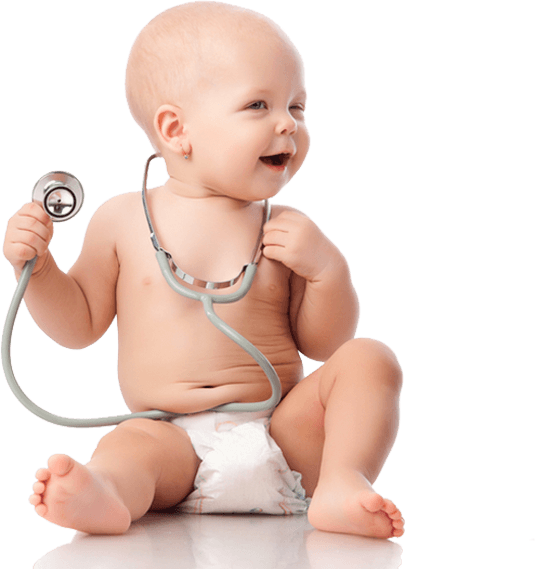
Str., Kyiv City, Ukraine.

Myopathies are hereditary diseases, which are based on the muscle fiber damage and, as a consequence, the emergence of a progressive musclular dystrophy (atrophy).
Muscular dystrophy arises from the disruption of biochemical processes in the muscle fiber itself: the synthesis of nucleic acids changes, the catabolism of proteins accelerates, the content of creatine phosphokinase increases, and the level of ATP (adenosine triphosphate) decreases. Some scientists hold a theory of "defective membranes", which is based on the loss of enzymes and amino acids by muscle fibers because of the so-called "defects" of cellular structures.
The myopathy is characterized by replacing of a part of muscle fibers by fat tissue; the muscles themselves are thinned.
There distinguish primary myopathies (which gradually develop yet in childhood and adolescence) and acquired ones. Clinical appearances of myopathy can be intensified under the influence of unfavorable procatarxis factors (infections, intoxications, nervous breakdowns).
Symptoms of myopathy
This disease begins with a gradually increasing musclular weakness in certain muscle groups. The primary proximal muscle sets (muscles of the pelvic and shoulder girdles, proximal parts of the upper and lower extremities, trunk) predominate in the majority of cases. The distal muscle groups’ damage is observed in rare and severe cases.
The symmetrical bilateral amiatrophy, hyporeflexia (decrease of tendon reflexes), hypotonus (tendon reflex decrease) develop later. On latter myopathy stages, the deformation of bones and joints develops and vegetal trophecies are clearly expressed. The joint range of motions can be either high or low (due to the shortening of the muscles and their tendons).
Progressing muscular dystrophy. Getting up by "Ladder" method.

The development of muscular pseudohypertrophy or "imaginary" hypertrophy is observed - a compensatory muscle expansion due to the fat and connective tissue growth. Such muscles are visually enlarged, firm, but not strong.
The most common forms of muscular dystrophy:
This is the most common and severe muscular disease that occurs only in boys. Children inherit the pathological gene from their mother. The genetic nature of disease was proved soon after this form was first described by neuropathologist Duchenne in 1868. The dystrophin protein deficiency is at the vey core of the development of this type of muscular dystrophy.
This disease manifests itself in the first years of a child’s life with a lag in motor development, an increasing weakness of the proximal muscles of the lower limbs and pelvis. Subsequently, the process extends to the muscles of the shoulder girdle and back, at the later stages - to the muscles of the upper extremities and the respiratory muscles, i.e. by an ascending type.
Distinguishing diagnostic signs of Duchenne myopathy are pseudohypertrophy of gastrocnemius muscles and inevitable myocardial lesion. This form is characterized by contractures in the joints, curvature of the spine and thorax, foot deformity, early child’s disability. Some patients have a delay in mental development.
This lighter version of myodystrophy is also transmitted to the son from the mother. The disease was first described in 1955 by neuropathologist Becker. Pathology does not develop as rapidly as Duchenne's myodystrophy, and the first clinical symptoms can appear within teenage or adolescent years. At the heart of the disease is not the complete absence of dystrophin protein, but its defect or deficiency. Intellect of children does not suffer; development of contractures and pseudo-hypertrophies is possible.
It was first described by neurosurgeon Erb in 1844. This disease manifests itself in teenage years (14-16 years) with the growing muscles weakness of the hips and pelvic girdle. As a result, the gait changes, resembling a "duck gait". At the beginning, after a night's sleep, muscle strength can be restored. Later on, practically all the body muscles are involved in the process, they become thinner, their tone decreases; the kyphosis, scoliosis, lordosis develop. However mental development does not suffer.
Progressive muscular dystrophy was considered as an absolutely incurable disease in the past. Now there are a number of therapeutic methods possible to stop the disease development and to achieve an improvement.
The success depends on how timely the disease is recognized and the therapy started; the last mentioned should be carried out systematically, according to a certain algorithm, taking into account the peculiarities of the current clinical form.
Early diagnosis is extremely important, as the disease progresses the muscle tissue is replaced by adipose tissue, and at the age of 14–15 years, adipocytes are detected instead of muscle cells. Timely treatment makes it possible to prolong the duration of functional activity of the child and delay the secondary skeletal changes development.
As of today, physicians have two drugs approved for the treatment of Duchenne muscular dystrophy, namely, ataluren and eteplirsen, which can only be used for certain types of mutations.
Duchenne myopathy treatment protocol also includes corticosteroids such as prednisolone and deflazacort to reduce muscle inflammation and stimulate repair.
In Bersenev’s Medical Center good results have been obtained with the metameric medicinal treatment that affect metabolism processes and improve neuromuscular conductivity (ATP, B, E vitamins, Prozerine, Neuromidin, Cerebrolysin, etc.)
Non-drug treatment:
To make an appointment for a consultation or a treatment session, please, call +38 (044) 238-22-31 (call centre).
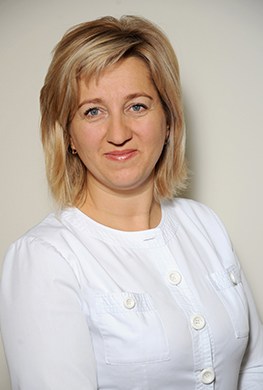

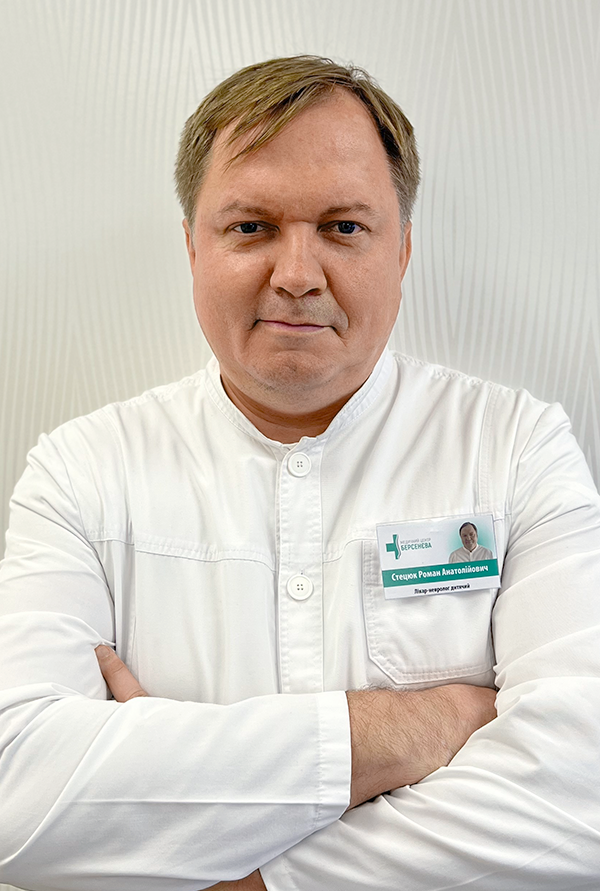
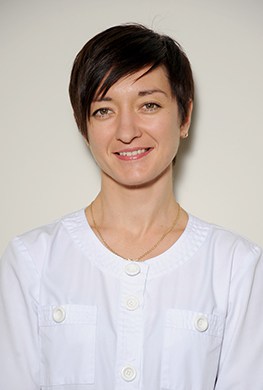
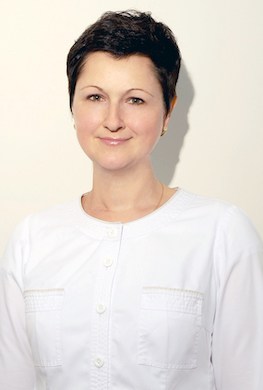
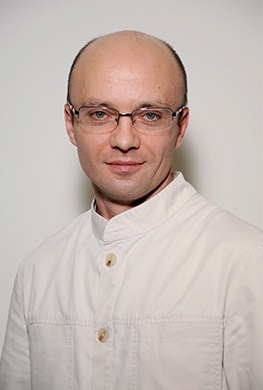
Oleksandr Shevchuk
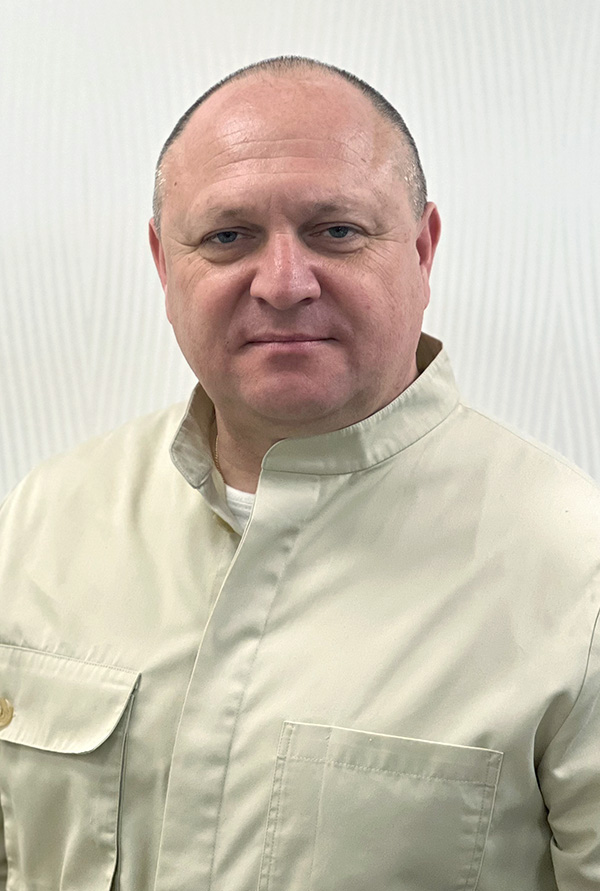
Maister Leonid

Stanislav Kurtosmanov
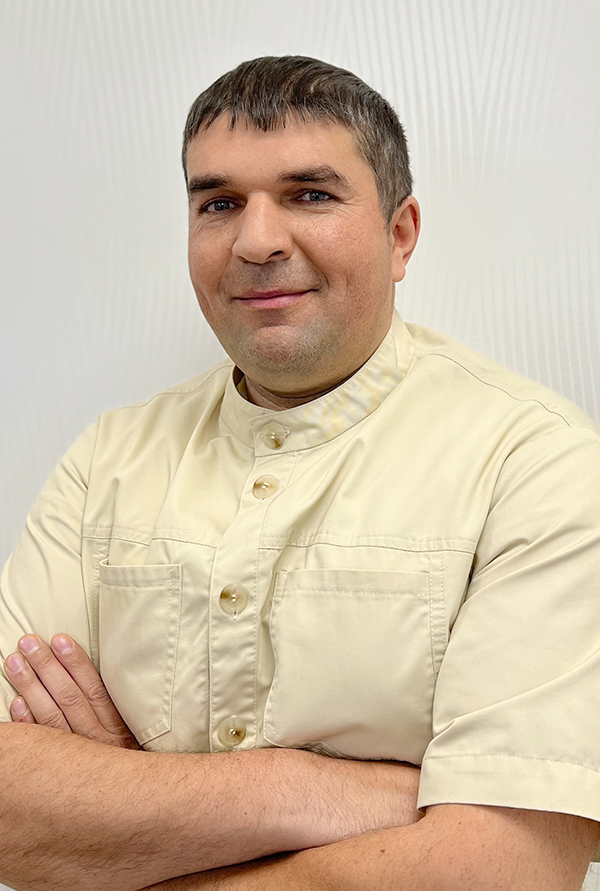
Beloshitsky Mikhail Andreevich

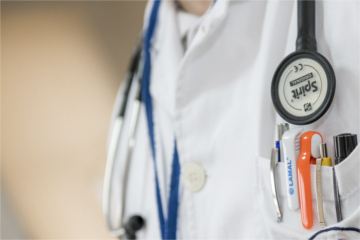
Детский невролог — специализируется на лечении болезней, связанных с поражением центральной и периферической нервной системы, а также функциональными нарушениями у детей.
Как правило, в первый месяц рождения, врачи направляют родителей на принудительную консультацию к детскому неврологу в клинике, даже если он родился полностью здоровым, и не обладает какими-либо нарушениями связанных с нервной системой. Кроме того, также необходимы регулярные повторные осмотры, на протяжении следующих этапов жизни.
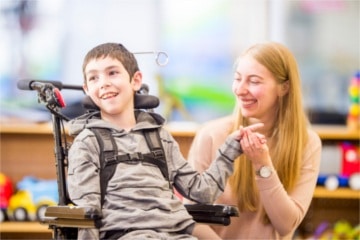
The term “cerebral palsy” combines a group of syndromes resulting from underdevelopment or brain damage (often combined with spinal cord injury in the cervical spine) during the prenatal, intranatal and early postnatal periods.
The term “cerebral palsy” combines a group of syndromes resulting from underdevelopment or brain damage (often combined with spinal cord injury in the cervical spine) during the prenatal, intranatal and early postnatal periods.
The term “cerebral palsy” combines a group of syndromes resulting from underdevelopment or brain damage (often combined with spinal cord injury in the cervical spine) during the prenatal, intranatal and early postnatal periods.
The term “cerebral palsy” combines a group of syndromes resulting from underdevelopment or brain damage (often combined with spinal cord injury in the cervical spine) during the prenatal, intranatal and early postnatal periods.
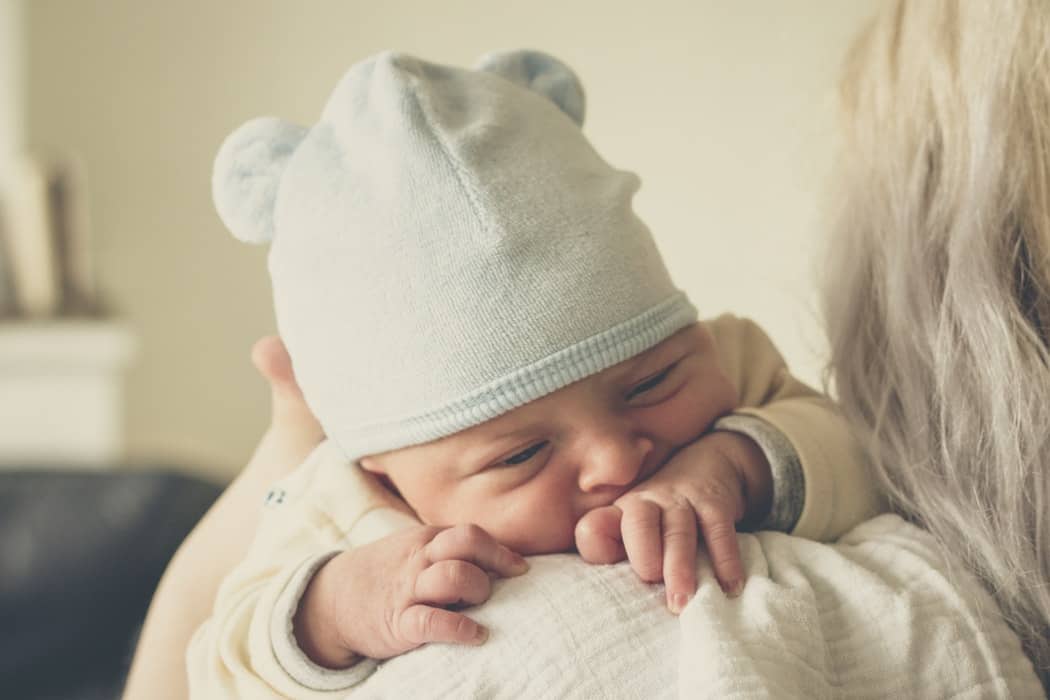
Perinatal involvements of the central nervous system are those pathological conditions that arise under the influence of many negative factors affecting the growth and fetus development in the perinatal period.
Perinatal involvements of the central nervous system are those pathological conditions that arise under the influence of many negative factors affecting the growth and fetus development in the perinatal period.
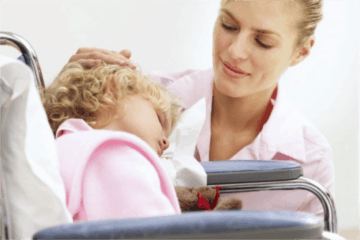
Organic central nervous system lesions are a group of various neuropsychic disorders resulting from the influence of pathological factors upon the brain at different stages of ontogenetic development. This pathology has many behaviour options and various pathogenesis.
Organic central nervous system lesions are a group of various neuropsychic disorders resulting from the influence of pathological factors upon the brain at different stages of ontogenetic development. This pathology has many behaviour options and various pathogenesis.
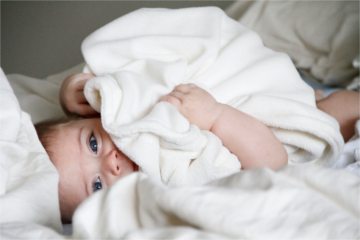
During the birth the infant experiences a great physical exertion when passing through the maternal passages. The newborn’s skeletal system is different from the adult person skeletal system – it is characterized by special flexibility in order to go through this passage without consequences. Thus the newborn babies have an increased chance of receiving a birth trauma of cervical spine during the process of delivery.
During the birth the infant experiences a great physical exertion when passing through the maternal passages. The newborn’s skeletal system is different from the adult person skeletal system – it is characterized by special flexibility in order to go through this passage without consequences. Thus the newborn babies have an increased chance of receiving a birth trauma of cervical spine during the process of delivery.
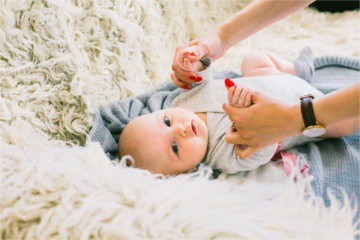
Peripheral nervous system birth trauma is the damage of nerve roots, nerve plexus, peripheral and cerebral nerves affected by an external mechanical agent during childbirth. The force of such an impact far exceeds the endurance limit of

In recent decades, more and more children have a diagnosis “Psychoverbal development delay”. The statistics are inexorable. And the sooner a psychoverbal development delay or speech delay is detected, the greater the chances for child’s treating are.
In recent decades, more and more children have a diagnosis “Psychoverbal development delay”. The statistics are inexorable. And the sooner a psychoverbal development delay or speech delay is detected, the greater the chances for child’s treating are.
In recent decades, more and more children have a diagnosis “Psychoverbal development delay”. The statistics are inexorable. And the sooner a psychoverbal development delay or speech delay is detected, the greater the chances for child’s treating are.
In recent decades, more and more children have a diagnosis “Psychoverbal development delay”. The statistics are inexorable. And the sooner a psychoverbal development delay or speech delay is detected, the greater the chances for child’s treating are.
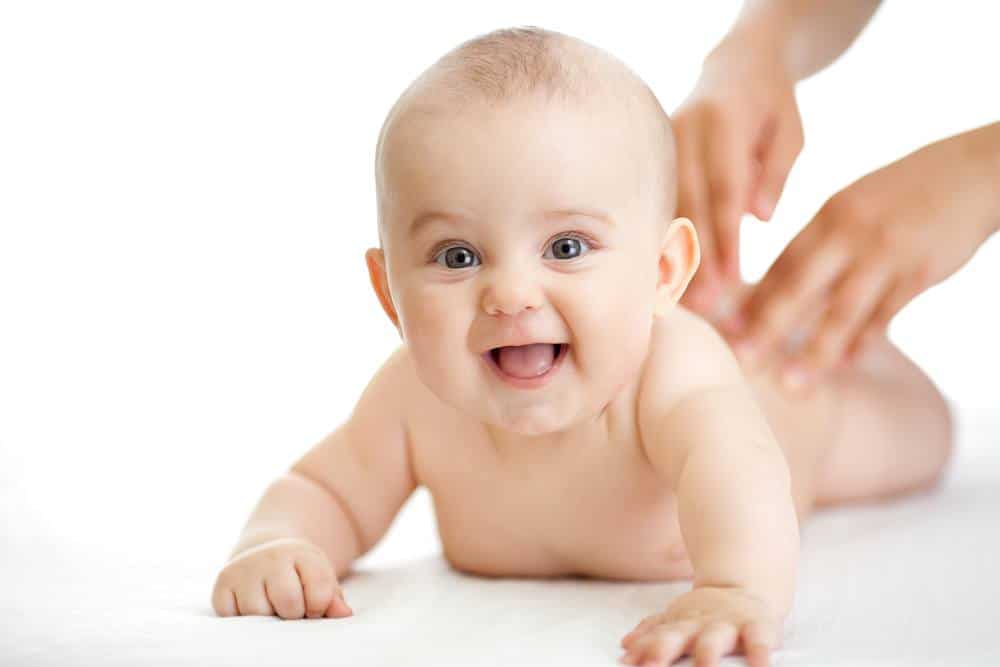
Muscle tone is a slight muscle tension, which is necessary for their quick inclusion in working condition. It is the level of tone that determines the readiness of the muscle complex to perform motor functions. For each period of child’s development there exist physiological standards of tonic activity.
Muscle tone is a slight muscle tension, which is necessary for their quick inclusion in working condition. It is the level of tone that determines the readiness of the muscle complex to perform motor functions. For each period of child’s development there exist physiological standards of tonic activity.
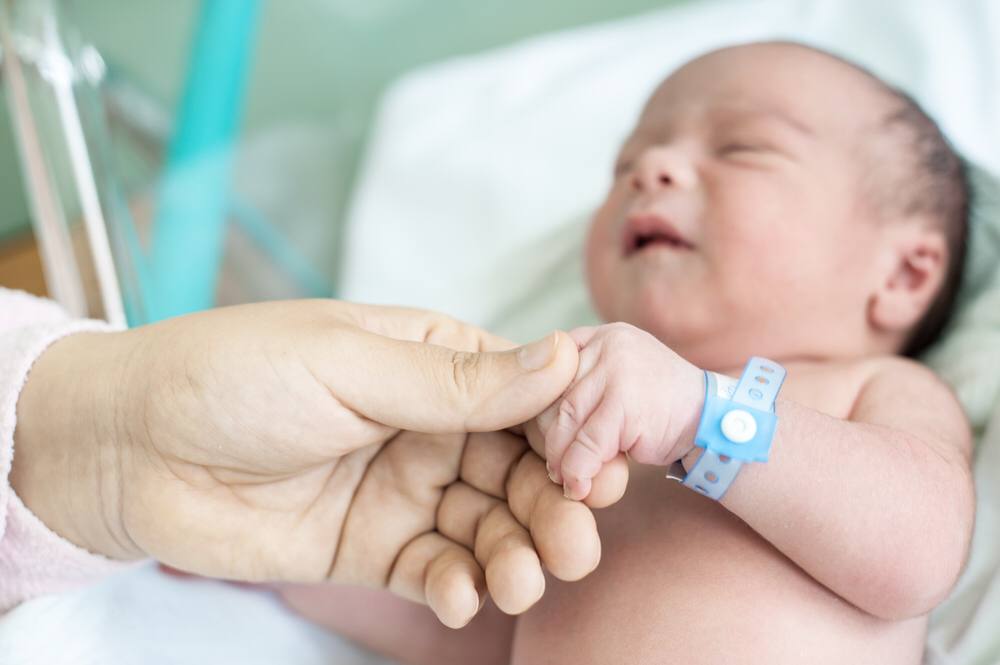
Spinal muscular atrophy (SMA) – is a severe genetic neuromuscular disease caused by a defect in the SMN 1 gene.
The gene is responsible for the synthesis of the SMN protein, which ensures the survival of motoneurons – motor neurons of the spinal cord. In patients with SMA protein is produced less than the required amount, and motoneurons are destroyed without it. As a result, the muscles do not receive the right signals from the brain, they atrophy and gradually weaken, and then paralysis occurs.
Spinal muscular atrophy (SMA) – is a severe genetic neuromuscular disease caused by a defect in the SMN 1 gene.
The gene is responsible for the synthesis of the SMN protein, which ensures the survival of motoneurons – motor neurons of the spinal cord. In patients with SMA protein is produced less than the required amount, and motoneurons are destroyed without it. As a result, the muscles do not receive the right signals from the brain, they atrophy and gradually weaken, and then paralysis occurs.
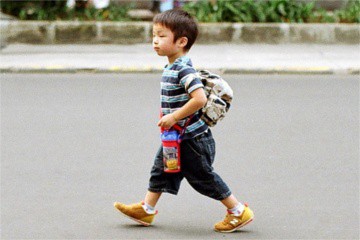
Myelopathy is a neurological term used to describe all kinds of spinal cord lesions. Myelopathy is usually a chronic disease.
Myelopathy is a neurological term used to describe all kinds of spinal cord lesions. Myelopathy is usually a chronic disease.
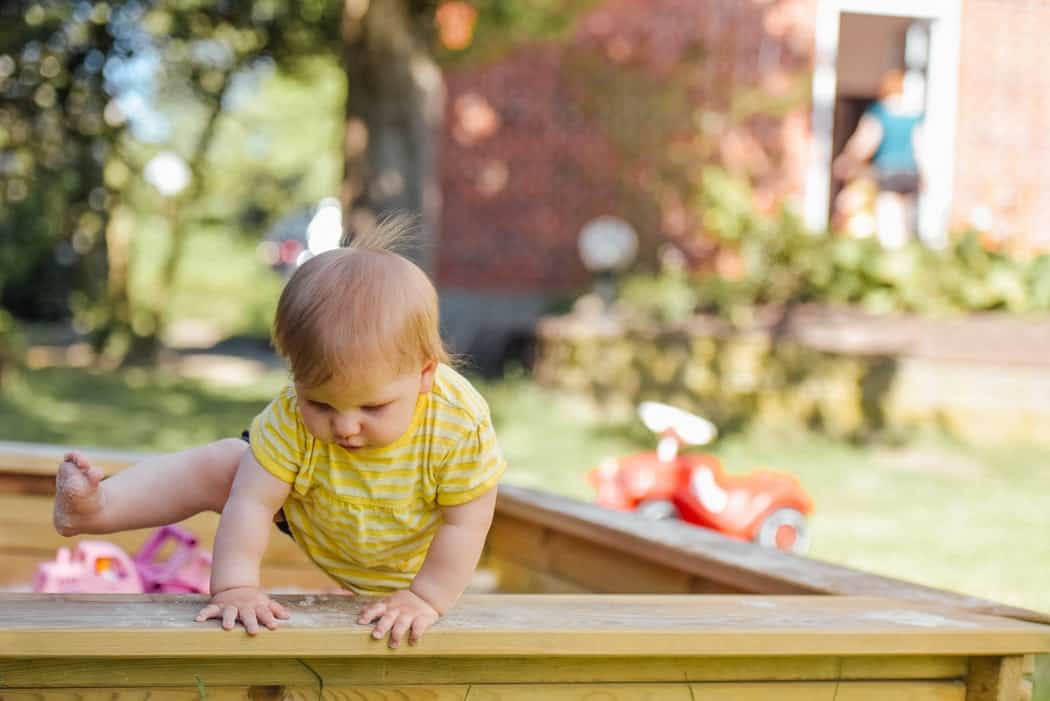
Among the mental disorders that occur in childhood, neurotic disorders account for 65%. Neurotic disorders (neuropathy, neurosis, neurasthenia, childish nervousness) in children manifest themself with a wide range of clinical symptoms, among which autonomic dysfunction and emotional disorders are the first.
Among the mental disorders that occur in childhood, neurotic disorders account for 65%. Neurotic disorders (neuropathy, neurosis, neurasthenia, childish nervousness) in children manifest themself with a wide range of clinical symptoms, among which autonomic dysfunction and emotional disorders are the first.
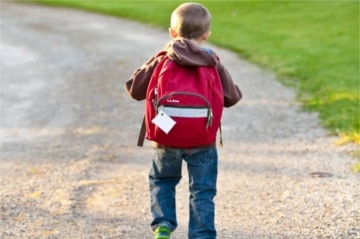
Juvenile (adolescent) osteochondrosis is a disease that is based on degenerative-dystrophic changes of intervertebral discs in adolescence. These changes are caused by the teens’ rapid growth, possible skeleton formation disorders, as well as inadequate physical activity on the growing spine. Osteochondrosis can develop in case of wearing a heavy bag on one shoulder and long sitting in an unnatural pose while studying.
Juvenile (adolescent) osteochondrosis is a disease that is based on degenerative-dystrophic changes of intervertebral discs in adolescence. These changes are caused by the teens’ rapid growth, possible skeleton formation disorders, as well as inadequate physical activity on the growing spine. Osteochondrosis can develop in case of wearing a heavy bag on one shoulder and long sitting in an unnatural pose while studying.
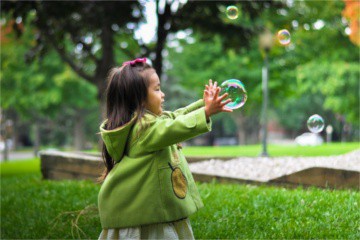
The compulsive movement syndrome is a children’s nervous system disorder, which appears as a series of simple repeating motions. Such movements include finger sucking, nibbling, frequent blinking, wiggling, rocking or turning, grinding of teeth, shoulders twitching, forehead skin wrinkling, etc.
The compulsive movement syndrome is a children’s nervous system disorder, which appears as a series of simple repeating motions. Such movements include finger sucking, nibbling, frequent blinking, wiggling, rocking or turning, grinding of teeth, shoulders twitching, forehead skin wrinkling, etc.
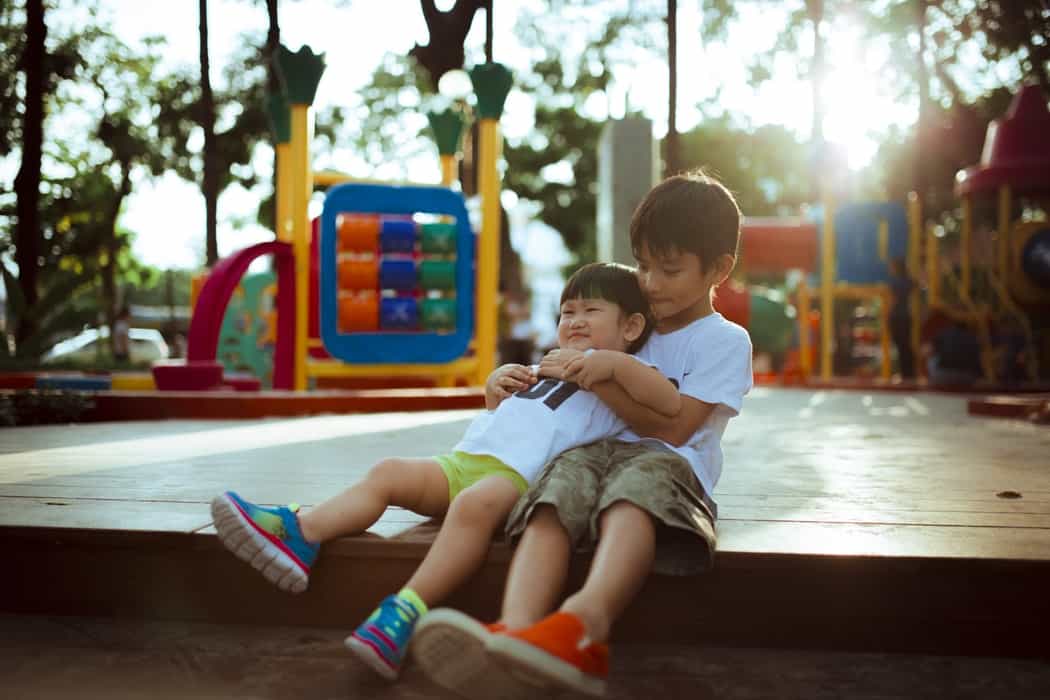
With the development of a number of natural sciences (genetics, biochemistry, embryology, general biology, etc.), more and more importance is attached to genetic factors, which are considered to be the cause of more than half of cases of psycho-speech development disorders. This primarily includes the chromosome set pathology. Currently, more than 200 types of chromosomal aberrations are being described, causing psycho-speech development delay and mental retardation.
With the development of a number of natural sciences (genetics, biochemistry, embryology, general biology, etc.), more and more importance is attached to genetic factors, which are considered to be the cause of more than half of cases of psycho-speech development disorders. This primarily includes the chromosome set pathology. Currently, more than 200 types of chromosomal aberrations are being described, causing psycho-speech development delay and mental retardation.

Autonomic dysfunction is the common name for all the autonomic nervous system (ANS) dysfunctions, which lead to a “failure” in the work of internal parts and body systems.
Autonomic dysfunction is the common name for all the autonomic nervous system (ANS) dysfunctions, which lead to a “failure” in the work of internal parts and body systems.

Posture is a natural habitual posture of a person, which depends on the spine condition, muscular-ligament apparatus, environment, general well-being, and heredity. This is a complex notion determined by a variety of factors and revealing not just the physical condition of a person, but also a psychical one.
Posture is a natural habitual posture of a person, which depends on the spine condition, muscular-ligament apparatus, environment, general well-being, and heredity. This is a complex notion determined by a variety of factors and revealing not just the physical condition of a person, but also a psychical one.
Posture is a natural habitual posture of a person, which depends on the spine condition, muscular-ligament apparatus, environment, general well-being, and heredity. This is a complex notion determined by a variety of factors and revealing not just the physical condition of a person, but also a psychical one.
Posture is a natural habitual posture of a person, which depends on the spine condition, muscular-ligament apparatus, environment, general well-being, and heredity. This is a complex notion determined by a variety of factors and revealing not just the physical condition of a person, but also a psychical one.

Attention deficit hyperactivity disorder is a quite common disease that is based on the central nervous system dysfunction (mainly the brain reticular formation).
Attention deficit hyperactivity disorder is a quite common disease that is based on the central nervous system dysfunction (mainly the brain reticular formation).
Attention deficit hyperactivity disorder is a quite common disease that is based on the central nervous system dysfunction (mainly the brain reticular formation).
Attention deficit hyperactivity disorder is a quite common disease that is based on the central nervous system dysfunction (mainly the brain reticular formation).
Attention deficit hyperactivity disorder is a quite common disease that is based on the central nervous system dysfunction (mainly the brain reticular formation).
Attention deficit hyperactivity disorder is a quite common disease that is based on the central nervous system dysfunction (mainly the brain reticular formation).
Attention deficit hyperactivity disorder is a quite common disease that is based on the central nervous system dysfunction (mainly the brain reticular formation).
Attention deficit hyperactivity disorder is a quite common disease that is based on the central nervous system dysfunction (mainly the brain reticular formation).
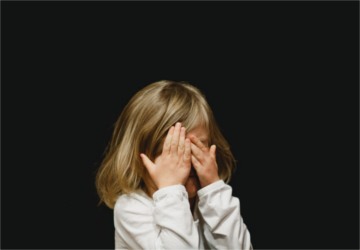
The autism is a child’s mental development disorder, which is characterized by a lack of communication and speech and motor disorders.
The autism is a child’s mental development disorder, which is characterized by a lack of communication and speech and motor disorders.
The autism is a child’s mental development disorder, which is characterized by a lack of communication and speech and motor disorders.
The autism is a child’s mental development disorder, which is characterized by a lack of communication and speech and motor disorders.

A speech is a reflection of thinking; it is a system. If there are problems with oral speech, then there will be difficulties with the thoughts formation, the ability to analyse, speculate, build logic chains, and also there will be some difficulties with reading and writing. A violation in one speech link is enough to make the whole system start to function incorrectly.
A speech is a reflection of thinking; it is a system. If there are problems with oral speech, then there will be difficulties with the thoughts formation, the ability to analyse, speculate, build logic chains, and also there will be some difficulties with reading and writing. A violation in one speech link is enough to make the whole system start to function incorrectly.
A speech is a reflection of thinking; it is a system. If there are problems with oral speech, then there will be difficulties with the thoughts formation, the ability to analyse, speculate, build logic chains, and also there will be some difficulties with reading and writing. A violation in one speech link is enough to make the whole system start to function incorrectly.
A speech is a reflection of thinking; it is a system. If there are problems with oral speech, then there will be difficulties with the thoughts formation, the ability to analyse, speculate, build logic chains, and also there will be some difficulties with reading and writing. A violation in one speech link is enough to make the whole system start to function incorrectly.
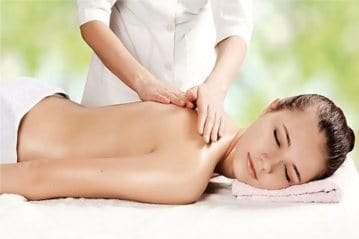
Many articles have already been written about the undoubted massage benefits, and it has long been known that this is one of healing means, along with sports and nutrition. Massage helps to recover from stress quickly and avoid diseases associated with constant nervous tension, relieves pain points, and relaxes tense muscles. It also reduces anxiety, normalizes the blocked energy flow, enhances the immune system functions, and restores a sense of calm and well-being. This is an important component of a healthy lifestyle.
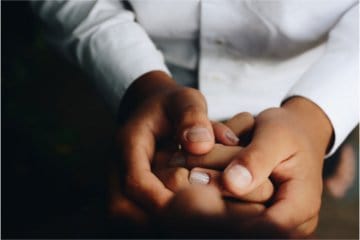
The spine, keeping the whole skeleton in an upright position, is the core of both the whole organism and our Personality.
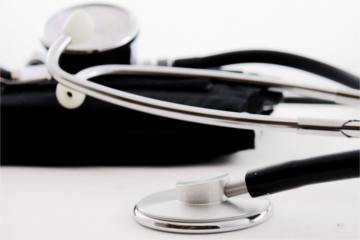
At the “Bersenev’s Medical Center” all patients can get a qualified individual consultation of the family physician Petlytska Victoria Vitaliivna, a specialist with decades of experience in this field.
Victoria Vitaliivna had gotten a special multi-field speciality training of “family medicine”.
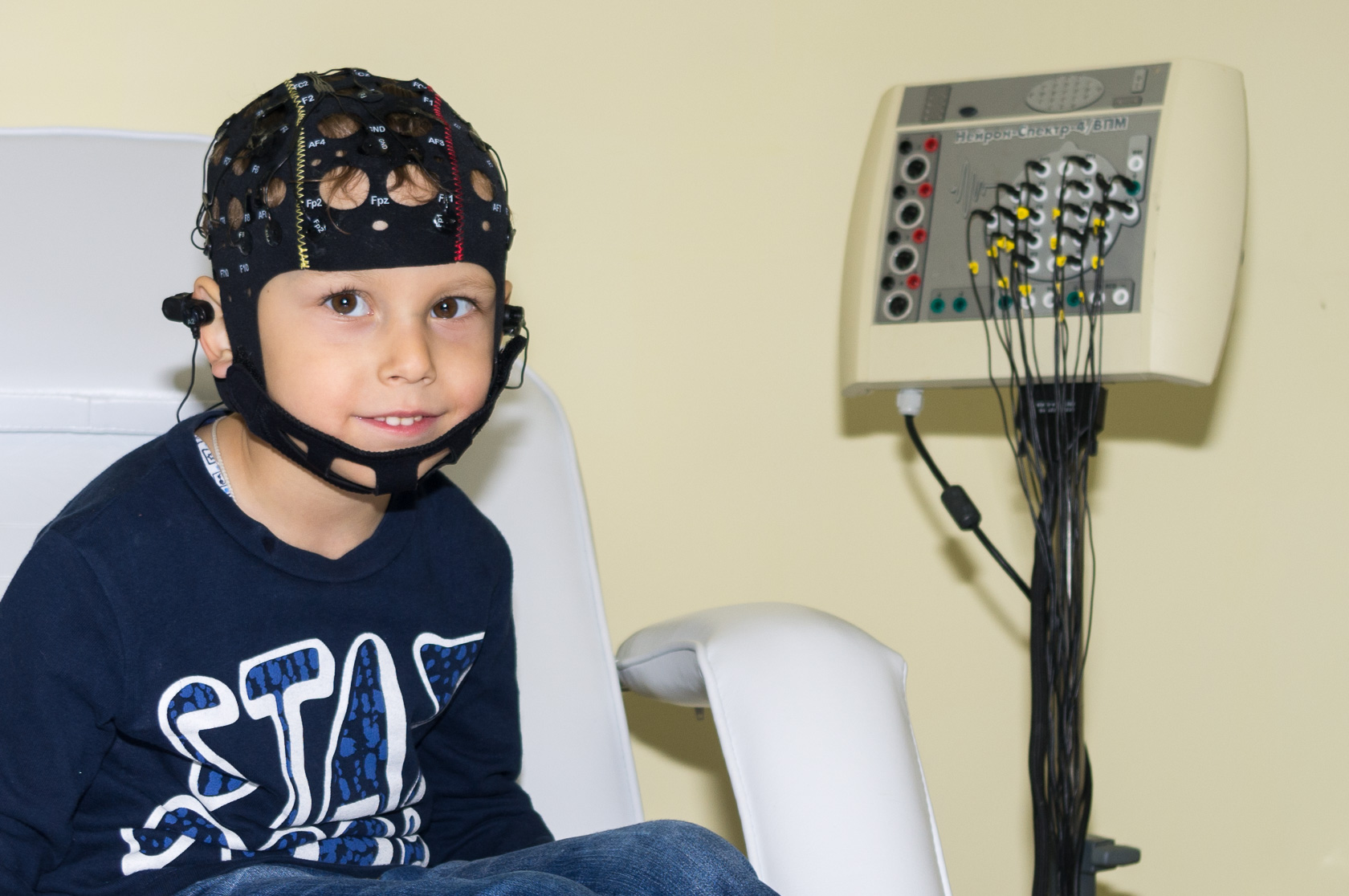
Neurofunctional research methods help the clinician-neurologist to confirm the diagnosis, determine the degree and nature of lesion, choose the optimal treatment tactics and correct the possibilities of restoring the affected structures of central and peripheral nervous system.
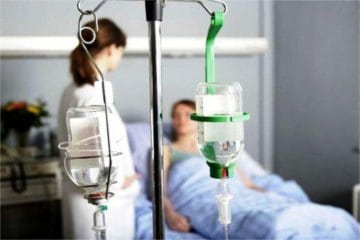
Infusion therapy (intravenous administration of solutions of various drugs into the body) is currently one of the most important medical measures aimed to solve a wide range of medical problems. This method of treatment exists since the 30s of the XIX century.
This method of treatment allows you to achieve a rapid therapeutic effect, as the medicine enters directly into the bloodstream, and also allows you to control its action more effectively.
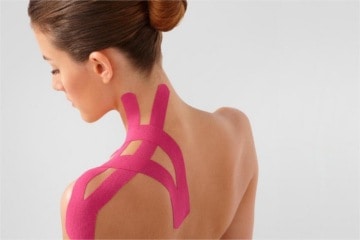
Kinesio taping is the imposition and fixation of special elastic bands on the child’s skin for several days in order to provide physiological movements of the joints and muscles, activating the processes of recovery and movement control. Kinesio tapes are elastic cotton tapes coated with an acrylic-based hypoallergenic adhesive gel.
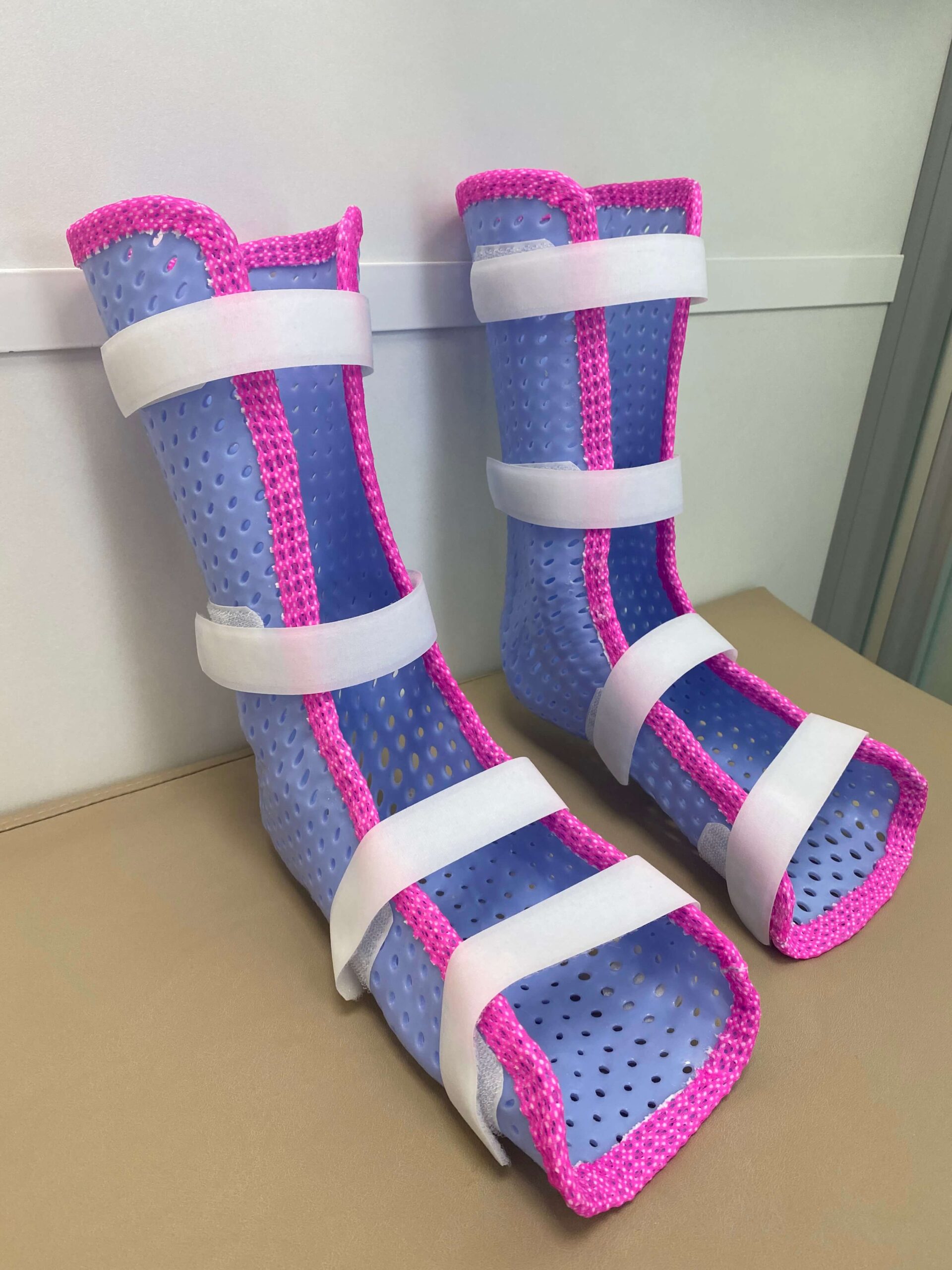
В нашем Медицинском Центре Вы можете получить изготовить индивидуальные ОРТЕЗЫ из термопластичного низкотемпературного материала.
Ортезы — это специальные ортопедические приспособления, предназначенные для коррекции, стабилизации и компенсации нарушений опорно-двигательной системы. Ортезы обеспечивают защиту и разгрузку суставов, создавая для них внешнюю поддержку. Ортезы -незаменимые помощники в лечении и реабилитации.
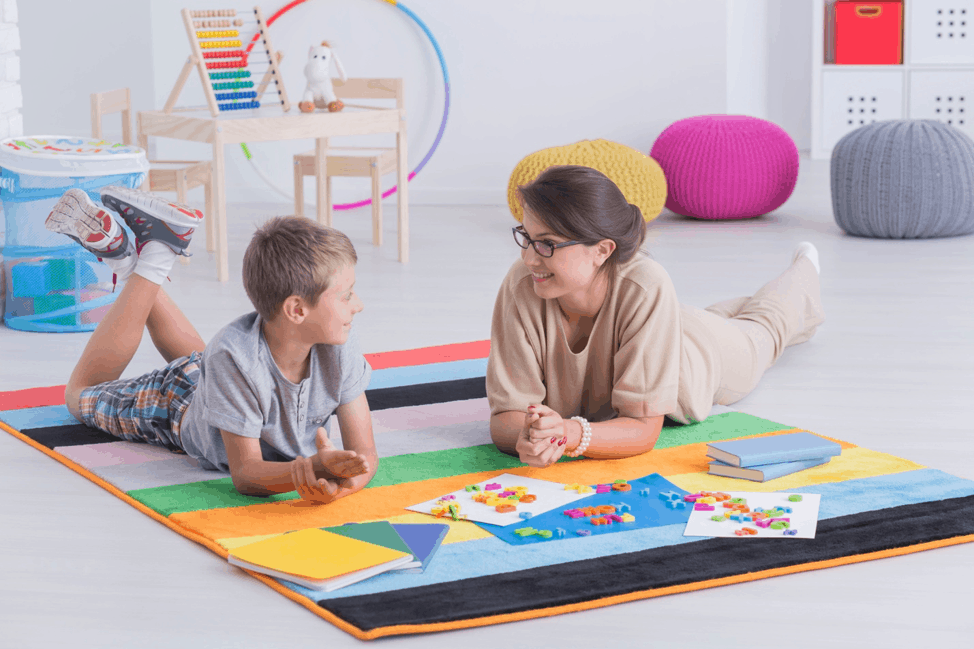
Neuropsychology arose at the intersection of medicine and psychology. This is a section of psychology that studies the brain organization of mental processes: attention, memory, perception, speech, motor skills, thinking, and emotional responses.
Neuropsychology arose at the intersection of medicine and psychology. This is a section of psychology that studies the brain organization of mental processes: attention, memory, perception, speech, motor skills, thinking, and emotional responses.
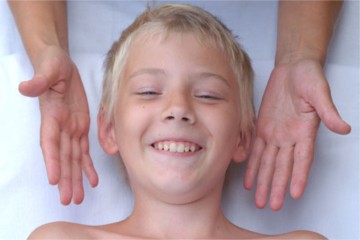
Масаж артикуляційного апарату або логопедичний масаж – це метод механічного впливу, який змінює стан м’язів, нервів, кровоносних судин і тканин артикуляційного апарату.


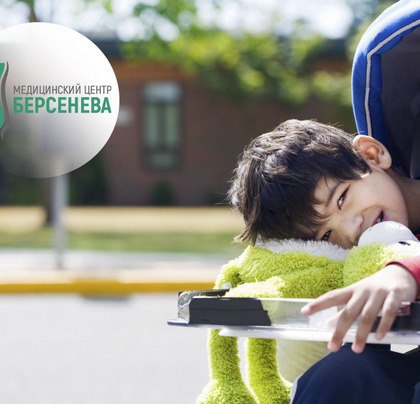
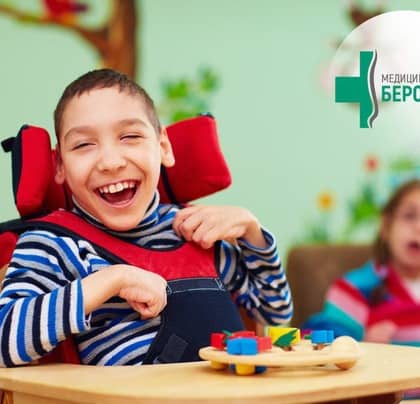

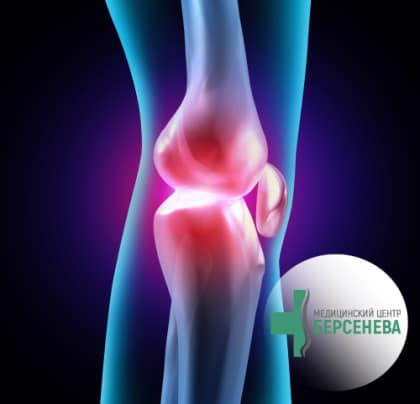
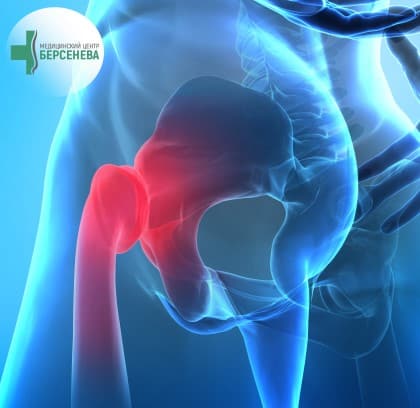
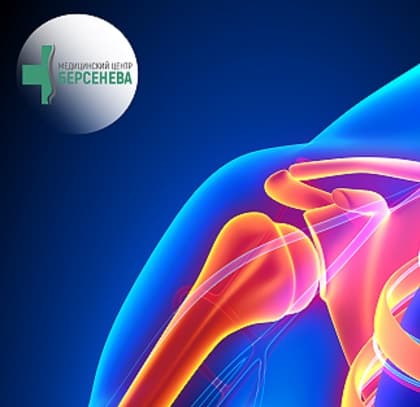

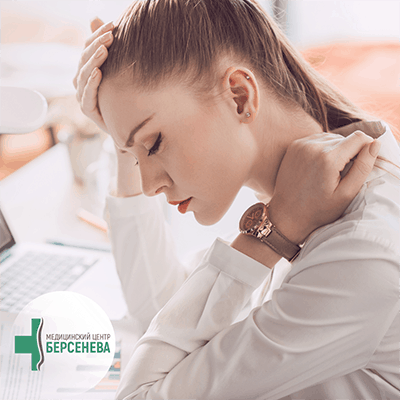

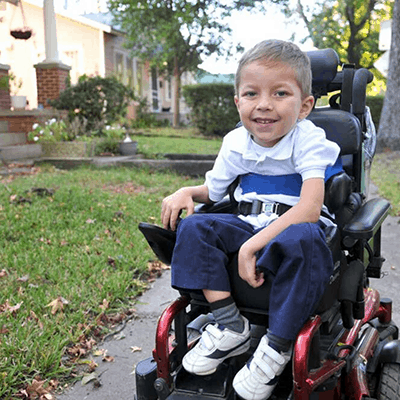
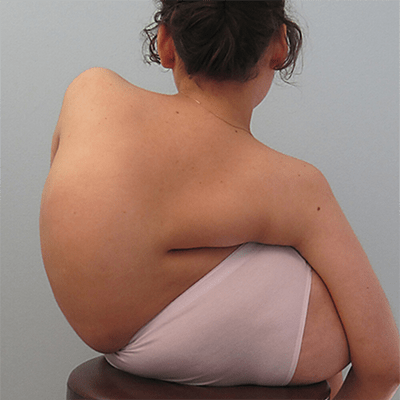

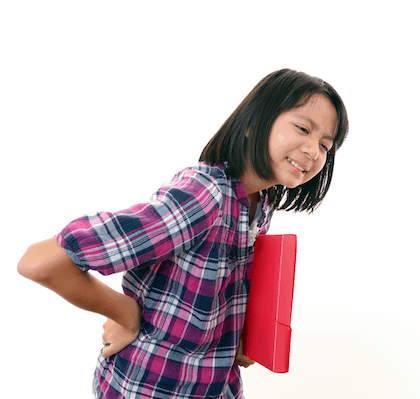
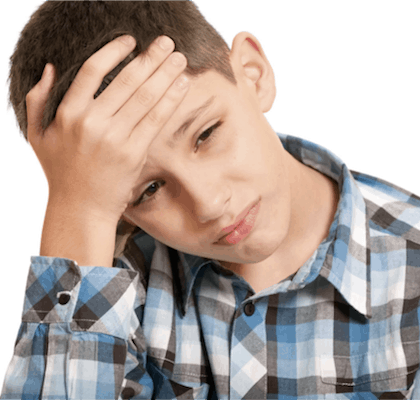
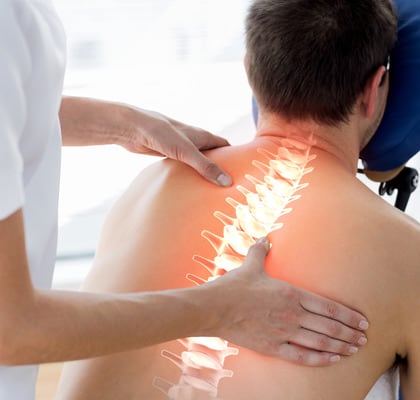


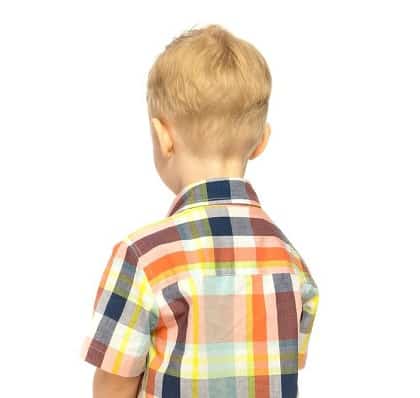

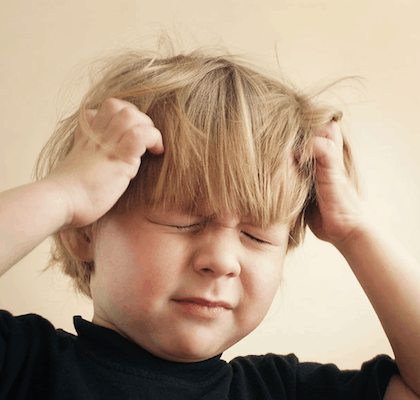
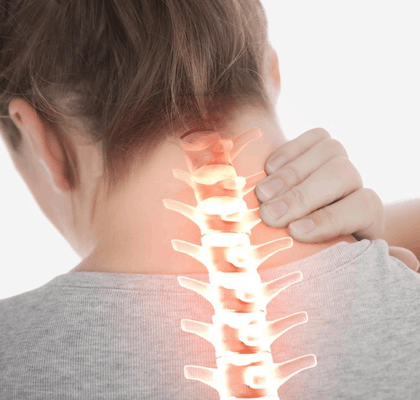
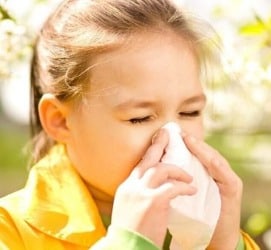
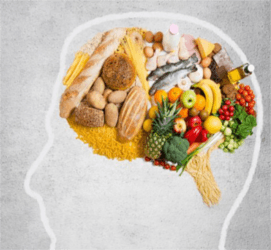

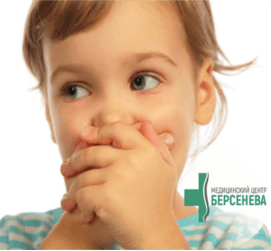

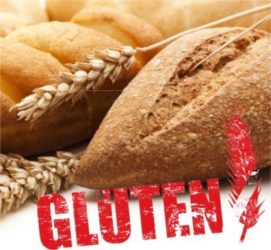
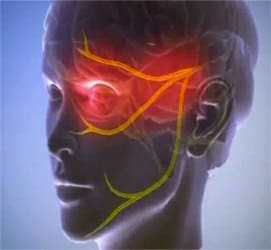
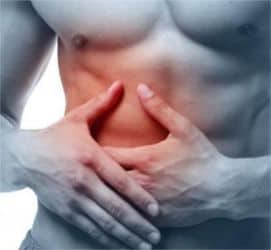
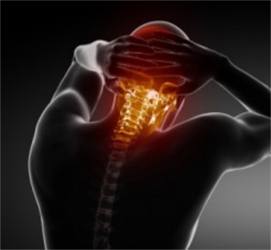

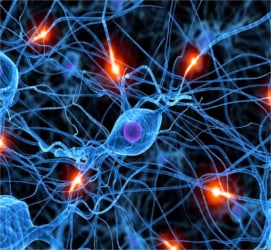

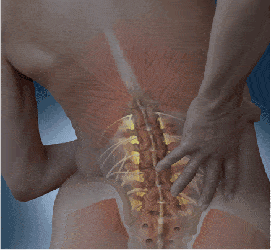


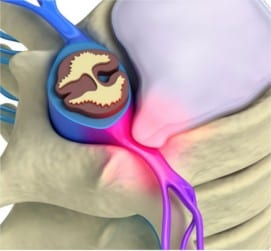
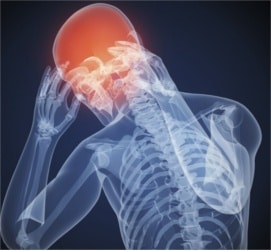
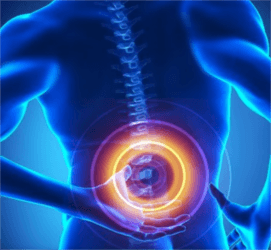

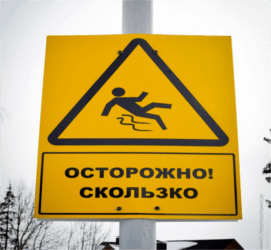
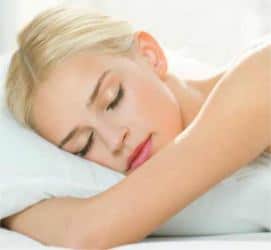
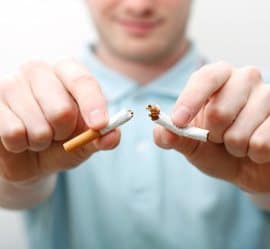

Онлайн консультація
Оплата онлайн

Дякуємо за заявку. Лист з реквізитами для оплати відправлені на зазначену вами пошту
Увага!
Онлайн консультація буде проводиться через Skype, Viber, Whatsapp або Telegram.
Завантажити та встановити Skype на свій комп'ютер ви зможете перейшовши за посиланням https://www.skype.com/ru/.
Якщо ви використовуєте телефон або планшет, скористайтеся додатком:
Оплата пройшла успішно!
Оплата не пройшла. Повторіть будь-ласка ще раз.

Вартість послуги онлайн консультації становить 700 грн.
Сплатіть її будь-яким зручним для вас способом.
Оплата послуги онлайн консультації здійснюється після підтвердження запису.

Дякуємо за заявку. Після обробки ваших даних наш адміністратор зв'яжеться з вами для підтвердження консультації.
Увага!
Онлайн консультація буде проводиться через Skype, Viber, Whatsapp або Telegram.
Завантажити та встановити Skype на свій комп'ютер ви зможете перейшовши за посиланням https://www.skype.com/ru/.
Якщо ви використовуєте телефон або планшет, скористайтеся додатком:


